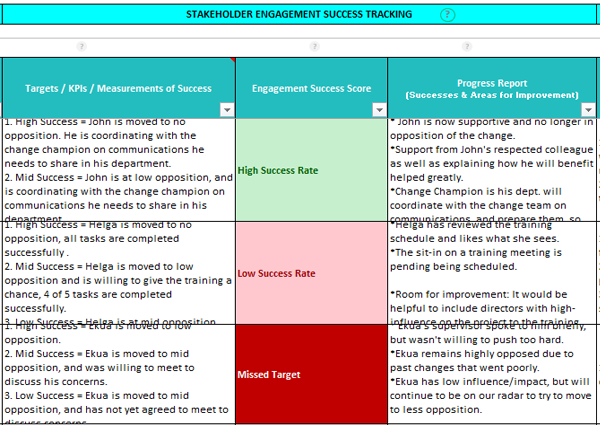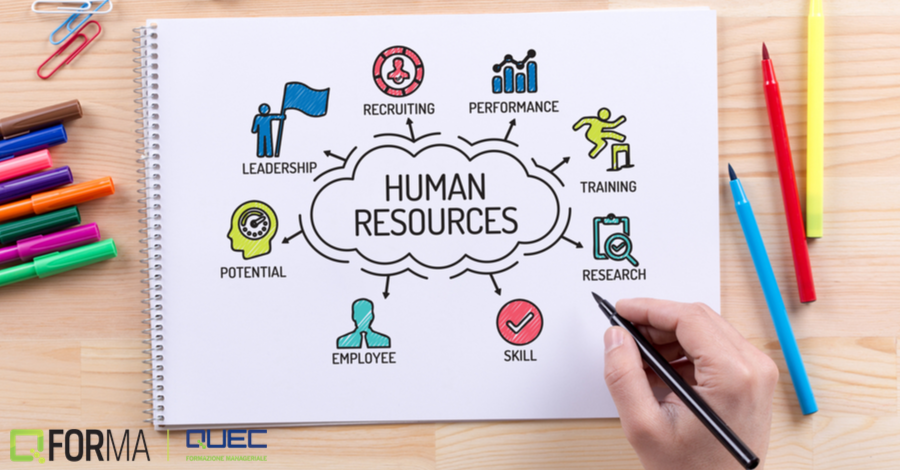
The industrial waste management process involves the collection, transportation and proper disposal. Most hazardous waste is either removed from the site or disposed in a secure facility. This prevents contamination of the surrounding areas. This process is costly as it involves the preparation of new sites and the transportation of large amounts of waste. On-site remediation is another option. It involves construction of a new facility at an existing location and treatment for water pollution. Some plants use full containment, which involves capping the site and cutting groundwater flow.
Construction and demolition waste
Construction and demolition waste are industrial wastes that are generated during construction. Most construction waste is legally disposed of in landfills. But, some wastes are illegally placed on land or in bodies of water. Moreover, it can be harmful for the environment, and is against regulations protecting commerce and human health. Each year, millions of tons worth of building-related debris are dumped in landfills across the United States. Therefore, strict regulations must be followed when managing construction waste.
Fabrication of waste
The circular economy includes the management of manufacturing waste. Recycling has seen an increase in popularity and efficiency over recent years. There are many technologies available today to assist manufacturers in managing and recycling their waste. Some technologies allow manufacturers to reduce their production costs and increase their profits.

Agriculture waste
Agriculture waste refers to solid wastes from farming operations. It includes animal production, crop production, food processing, and other agricultural wastes. These solid wastes include animal carcasses and waste from animal feeding, feathers and hoofs, as well as crop residues.
Chemical waste
The majority of chemical waste is hazardous, meaning that it poses a risk to human health or the environment. There are regulations that govern how to safely dispose of hazardous wastes. Environmental penalties can also be imposed for improperly managing hazardous wastes. However, there are some waste types that aren't considered hazardous and thus aren't subject to the same regulations.
Mining waste
Mining produces a lot of waste. It is crucial that mining owners learn how to manage this waste. Erich Lawson writes as a freelancer. He is also a passionate environmentalist. He writes about a variety of recycling topics, including compactors and balers, as well as how to manage industrial waste. He enjoys helping businesses lower their garbage costs and increase revenue through recycling.
Oil & natural gas waste
There are special requirements for oil and gas wastewater management. Drilling wastes, production fluids and produced waters are the most common types. To reduce their impact on the environment, these wastes must be properly disposed of.

Nuclear waste
Solid waste must be properly disposed of to protect public health and improve the environment. Specially constructed engineering modules can safely dispose of waste with a shorter half-life (less that 100 years), such as reinforced concrete trenches and tile holes or stone lined trenches. Near Surface Disposal Facility, (NSDF), is built under the ground. The waste is buried for up to 500m below the ground. Multi-barrier systems are used to stop radioactive waste from spreading.
Other
Global industrial waste management is fragmented. There are many players both local and global. In terms of waste management, the key players are focused on product innovation. The market for industrial waste management covers solid, liquid and gaseous industrial wastes. These sectors can produce hazardous and non-hazardous wastes. Many of these materials are disposed of in landfills or incinerated. These practices can be very harmful to wildlife and the environment.
FAQ
What does Six Sigma mean?
Six Sigma uses statistical analysis to find problems, measure them, analyze root causes, correct problems, and learn from experience.
The first step is to identify the problem.
Next, data will be collected and analyzed to determine trends and patterns.
The problem can then be fixed by taking corrective measures.
The data are then reanalyzed to see if the problem is solved.
This continues until the problem has been solved.
Why does it sometimes seem so hard to make good business decisions
Complex business systems have many moving parts. Their leaders must manage multiple priorities, as well as dealing with uncertainty.
Understanding how these factors impact the whole system is key to making informed decisions.
You must first consider what each piece of the system does and why. Next, consider how each piece interacts with the others.
You should also ask yourself if there are any hidden assumptions behind how you've been doing things. You might consider revisiting them if they are not.
Asking for assistance from someone else is a good idea if you are still having trouble. You may be able to see things from a different perspective than you are and gain insight that can help you find a solution.
What are the steps in the decision-making process in management?
Managers face complex and multifaceted decision-making challenges. It involves many factors, including but not limited to analysis, strategy, planning, implementation, measurement, evaluation, feedback, etc.
When managing people, the most important thing to remember is that they are just human beings like you and make mistakes. You are always capable of improving yourself, and there's always room for improvement.
This video will explain how decision-making works in Management. We discuss different types of decisions as well as why they are important and how managers can navigate them. The following topics will be covered:
How can a manager motivate employees?
Motivation refers to the desire to perform well.
Doing something that is enjoyable can help you get motivated.
Or you can get motivated by seeing yourself making a contribution to the success of the organization.
If you are a doctor and want to be one, it will likely be more rewarding to see patients than to read medical books every day.
The inner motivation is another type.
For example, you might have a strong sense of responsibility to help others.
You may even find it enjoyable to work hard.
If you don’t feel motivated, find out why.
You can then think of ways to improve your motivation.
What is a fundamental management tool for decision-making?
A decision matrix is a simple but powerful tool for helping managers make decisions. It helps them think systematically about all the options available to them.
A decision matrix is a way to organize alternatives into rows and columns. This allows you to easily see how each choice affects others.
In this example, we have four possible alternatives represented by the boxes on the left side of the matrix. Each box represents an option. The top row displays the current situation, and the bottom row shows what might happen if nothing is done.
The effect of selecting Option 1 is shown in the middle column. It would translate into an increase in sales from $2million to $3million.
The following columns illustrate the impact of Options 2 and 3. These positive changes result in increased sales of $1 million and $500,000. However, these also involve negative consequences. Option 2, for example, increases the cost by $100 000 while Option 3 decreases profits by $200 000.
The final column shows the results for Option 4. This means that sales will decrease by $1 million.
The best part of using a decision-matrix is that it doesn't require you to know which numbers belong where. You just look at the cells and know immediately whether any given a choice is better than another.
This is because the matrix has already taken care of the hard work for you. It is as simple as comparing the numbers within the relevant cells.
Here is an example of how a decision matrix might be used in your business.
It is up to you to decide whether to spend more money on advertising. If you do, you'll be able to increase your revenue by $5 thousand per month. You will still have to pay $10000 per month in additional expenses.
The net result of advertising investment can be calculated by looking at the cell below that reads "Advertising." It is 15 thousand. Advertising is worth more than its cost.
What are management concepts?
Management concepts are the principles and practices used by managers to manage people, resources. They include such topics as human resource policies, job descriptions, performance evaluations, training programs, employee motivation, compensation systems, organizational structure, and many others.
Statistics
- This field is expected to grow about 7% by 2028, a bit faster than the national average for job growth. (wgu.edu)
- Your choice in Step 5 may very likely be the same or similar to the alternative you placed at the top of your list at the end of Step 4. (umassd.edu)
- As of 2020, personal bankers or tellers make an average of $32,620 per year, according to the BLS. (wgu.edu)
- The profession is expected to grow 7% by 2028, a bit faster than the national average. (wgu.edu)
- Hire the top business lawyers and save up to 60% on legal fees (upcounsel.com)
External Links
How To
How do you use the 5S in your office?
A well-organized workspace will make it easier to work efficiently. A clean desk, a tidy room, and a well-organized workspace help everyone stay productive. The five "S"'s (Sort. Shine. Clean. Separate. And Store) help to maximize space and ensure efficiency. This session will take you through each step and show you how they can fit into any environment.
-
Sort. Get rid of clutter and papers so you don't have to waste time looking for the right item. This means putting things where you use them most often. It is a good idea to keep things near where you are most likely to refer to it. Consider whether you really need the item. If it no longer serves a useful purpose, get rid it!
-
Shine. Get rid of anything that could potentially cause damage or harm to others. For example, if you have a lot of pens lying around, find a way to store them safely. A pen holder might be a good investment, as it will prevent you from losing pens.
-
Sweep. To prevent dirt buildup on furniture and other items, clean them regularly. To keep surfaces as clean as you can, invest in dusting equipment. To keep your workspace tidy, you could even designate a particular area for dusting and cleaning.
-
Separate. Separate your trash into multiple bins to save time when you have to dispose of it. Trash cans are placed in strategic locations throughout the office so you can quickly dispose of garbage without having to search for it. You can take advantage of this location and place trash bags near each bin to make it easy to find what you are looking for.